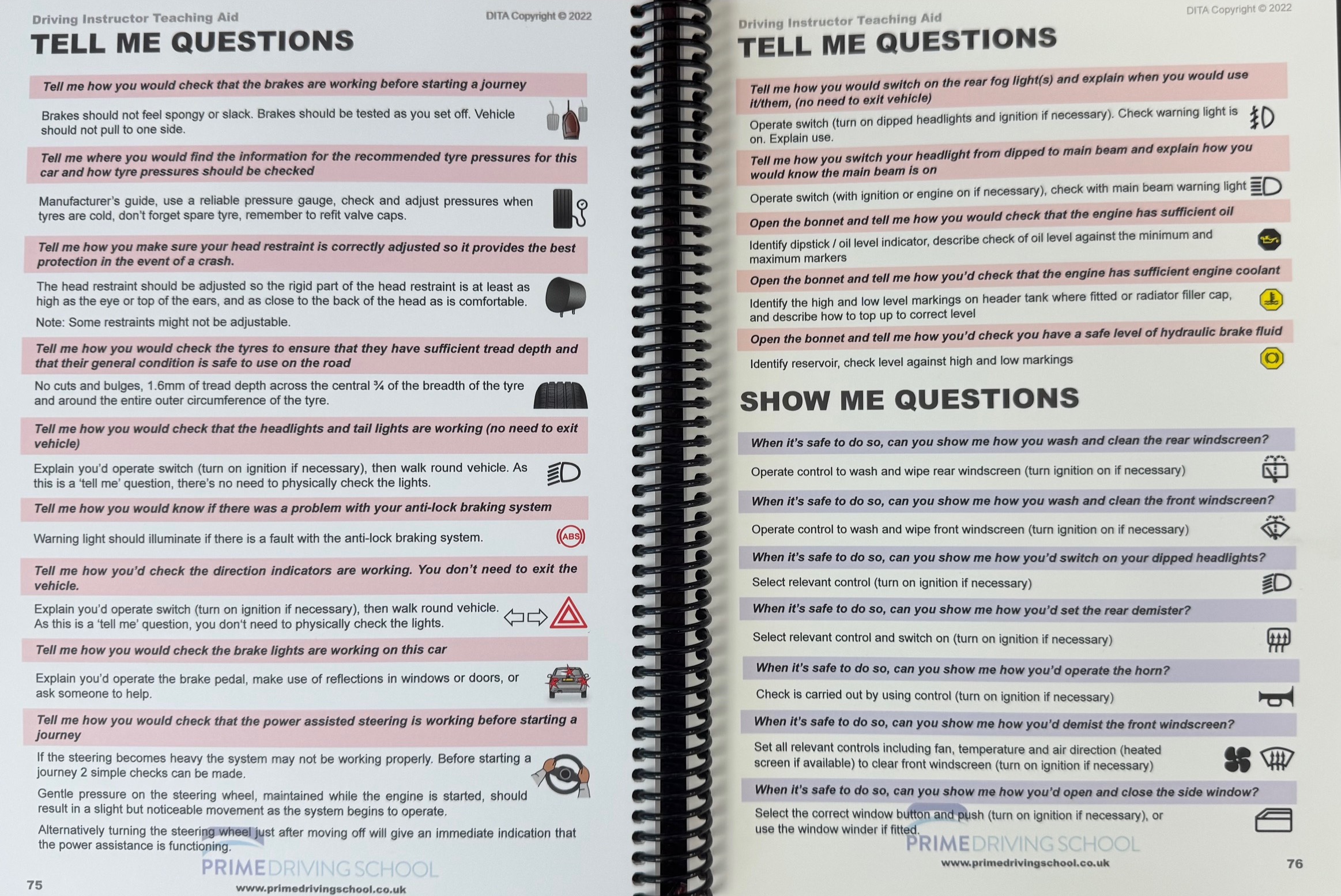The Use of Open and Closed Questions in Driving Instruction
Open and Closed Questions - What are They?
Effective communication is one of the most powerful tools an Approved Driving Instructor (ADI) or trainee instructor can develop and PriPlus bring this structure to your lessons
The way we ask questions influences how much a pupil learns, how well they reflect on their performance, and how engaged they feel during lessons.
This PriPlus report explains:
- The difference between open and closed questions
- When and how to use each type effectively
- Practical examples from real lesson situations
1. Understanding Question Types
Closed Questions
Definition:
A closed question usually requires a short, factual answer — often “yes” or “no,” or a single piece of information.
Purpose:
Closed questions are useful for:
- Checking specific knowledge
- Confirming understanding
- Controlling the flow of a conversation
- Testing factual recall
Examples:
- “Did you look in your mirrors before signalling?”
- “What speed limit is it on this road?”
- “Are you ready to move off?”
- “Is that pedestrian crossing the road?”
Advantages:
- Quick and clear answers
- Helps maintain lesson structure and control
- Ideal for novice learners who need guidance
Limitations:
- Limits pupil thinking and reflection
- Instructor-led rather than pupil-centred
Open Questions
Definition:
An open question encourages the pupil to think, explain, or describe in their own words. These start with What, Why, How, When, Where, or Who.
Purpose:
Open questions are used to:
- Encourage deeper thinking and reflection
- Help pupils identify and solve problems themselves
- Support coaching-style instruction
- Develop independent, safe drivers
Examples:
- “What could you have done differently at that junction?”
- “How did that overtake feel?”
- “Why do you think the car behind is keeping that distance?”
- “What’s your plan for the next roundabout?”
- “How can you tell it’s safe to move off here?”
Advantages:
- Promotes self-evaluation and responsibility
- Builds understanding rather than rote learning
- Strengthens confidence and decision-making
Limitations:
- Can take more time to explore
- May be too challenging early in training
2. Balancing Open and Closed Questions
Effective instructors use a balance of both types.
| Lesson Stage | Recommended Question Type | Example |
|---|---|---|
| Early lessons | Mostly closed | “Is it safe to move off now?” |
| Developing skills | Mix of both | “What could you do to improve that manoeuvre?” |
| Mock test or reflection | Mostly open | “How do you feel that drive went overall?” |
Tip:
Closed questions check what they know.
Open questions develop how they think.
3. Practical Application
The DVSA expects driving instructors to use coaching techniques that help pupils reflect and self-evaluate.
You will find that PriPlus School of motoring instructors ask well-timed, open questions demonstrates and this shows;
- Higher-level teaching skills
- Pupil-centred learning
- Risk management awareness
Example in action:
Situation: The pupil approached a roundabout too fast.
Poor question: “Did you slow down enough?” (Closed – yes/no)
Better question: “How could you have approached that roundabout more safely?” (Open – reflective)
4. Summary
| Question Type | Purpose | Example | Best Used When |
|---|---|---|---|
| Closed | Checks knowledge or confirm understanding | “Is it clear to go?” | Early lessons / safety-critical moments |
| Open | Encourages thinking, reflection, and responsibility | “What could you do differently next time?” | Reflection and development stages |
In essence:
- Use closed questions to keep lessons safe and structured.
- Use open questions to create thinking, responsible drivers.
5. Reflection Task - For Driving Instructors
We suggest that at the end of your next driving lesson, write down:
- Three examples of open questions you used
- Three examples of closed questions you used
- How each type affected your learning
For driving instructors, this exercise helps identify your natural questioning style and improve your coaching approach.
Final Thoughts
Great driving instructors don’t just teach people to control a car — they teach people to think for themselves.
The questions you ask can be one of the most powerful tools in achieving that.


